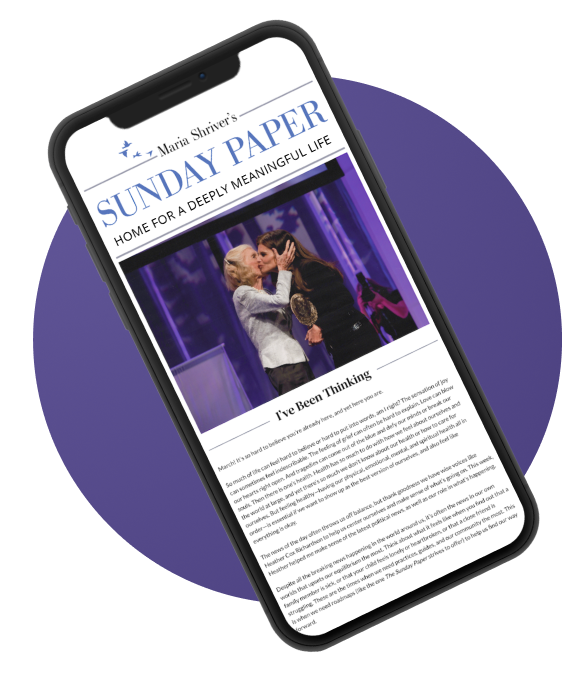Breath Light to Breathe Right

During the process of breathing, oxygen is drawn into the lungs and excess carbon dioxide is exhaled. The respiratory center located in the brain continuously monitors blood pH, carbon dioxide, and to a lesser extent oxygen. When the level of carbon dioxide in the blood increases above programmed levels, the respiratory center transmits impulses that tell the respiratory muscles to breathe in order to remove the excess gas. When we breathe too much over a period of hours to days, as in the case of chronic stress, the respiratory center adjusts to a lower tolerance of carbon dioxide. Having a lower than normal tolerance to carbon dioxide results in the respiratory center increasing the rate of impulses to the respiratory muscles. The result is habitual over-breathing and excess breathlessness during physical exercise.
You are practicing this exercise correctly when you slow down and reduce your breathing sufficiently to create a tolerable need for air. The need for air signifies an accumulation of arterial carbon dioxide, the goal of which is to reset the respiratory center’s tolerance to this gas. To assist with this, it is very helpful to exert gentle pressure against your chest and abdomen with your hands. Try to maintain the need for air for the duration of 4 to 5 minutes.
To practice this exercise, it can be very helpful to sit in front of a mirror to observe and follow your breathing movements.
Sit up straight. Allow your shoulders to relax. Imagine a piece of string gently holding you up from the top of the back of your head. At the same time, feel the space between your ribs gradually widening.
Place one hand on your chest and one hand just above your navel.
- Feel your abdomen gently moving outward as you inhale and gently moving inward as you exhale.
- As you breathe, exert gentle pressure with your hands against your abdomen and chest. This should create resistance to your breathing.
- Breathe against your hands, concentrating on making the size of each breath smaller.
- With each breath, take in less air than you would like to. Make the in-breath smaller or shorter.
- Gently slow down and reduce your breathing movements until you feel a tolerable hunger for air.
- Breathe out with a relaxed exhalation. Allow the natural elasticity of your lungs and diaphragm to play their role in each exhalation. Imagine a balloon slowly and gently deflating of its own accord.
When the in-breath becomes smaller and the out-breath is relaxed, visible breathing movements will be reduced. You may be able to notice this in a mirror.
By using a simple exercise like this, you can reduce your breath- ing movements by 20 to 30 percent. If your stomach muscles start to contract or jerk or feel tense, or if your breathing rhythm becomes disrupted or out of control, then the air shortage is too intense. In this situation, abandon the exercise for 15 seconds or so and return to it when the air shortage has disappeared.
At first, you may only be able to maintain an air shortage for 20 seconds before the urge to breathe is too strong. With practice, you will be able to maintain an air shortage for longer periods. Remember, you are trying to create an air shortage that is tolerable but not stressful. Aim to maintain this tolerable “air hunger” for 3 to 5 minutes at a time. Practicing 2 sets of 5-minute exercises is enough to help you reset your breathing center and improve your body’s tolerance for carbon dioxide.
When you practice Breathing Light, the accumulation of carbon dioxide in the blood will result in certain physiological changes in the body. These include:
- A feeling of increased warmth resulting from the dilation of blood vessels
- A rosy red color coming into the face
- Increased production of watery saliva in the mouth, which is an indication that your body is going into relaxation mode and activating the parasympathetic nervous system
All of these changes are normal and should not cause discomfort. However, if you experience dizziness or anxiety while practicing an Oxygen Advantage exercise, then it is better to refrain from doing this exercise and contact an Oxygen Advantage practitioner who can establish that you are doing the exercise correctly. For a list of practitioners, please visit OxygenAdvantage.com.
Excerpted from the book THE OXYGEN ADVANTAGE: Simple, Scientifically Proven Breathing Techniques to Help You Become Healthier, Slimmer, Faster, and Fitter by Patrick McKeown. Copyright © 2015 by Patrick McKeown. From William Morrow, an imprint of HarperCollins Publishers. Reprinted by permission.

